RSA: Back from the breach?
Reporting from RSA 2012, Tom Brewster looks at how well EMC's security division has come back from the infamous 2011 attack.


"One big area for us was looking at everything that is external facing and what types of examination should that have in terms of our attack surface. Another area we looked at is how we're doing authentication, have we implemented risk-based authentication across the board and where can we infuse that further into the process?"
He also sought to aggressively enforce segmentation, deciding which data could be lumped together and which should be kept separate. "This has been a great thing for us in terms of looking at how to quickly implement areas of control," Schwartz added.
Another successful attack would be nothing short of catastrophic.
Training has been key. The 2011 breach started when an employee opened an Excel document in an email, not realising it would open up their machine to infection. Worker training has now gone much deeper, according to the CSO, with more innovative methods tested out.
"There are techniques that are more invasive, more aggressive, where if you do well I'll reward you, but if you don't I'll make a public spectacle of you in some way," Schwartz said. "The point is, is that there are innovative ways to do that."
RSA will want to keep a close eye on its supply chain too. The hackers behind the 2011 hit did not want saleable data from the security firm, but was after the keys to others' infrastructure, most notably that of US government contractor Lockheed Martin. RSA won't want to fall thanks to partner insecurities and Schwartz said the company was reviewing what best practices should be in relation to supply chain.
"We're talking to others that are doing it as well and asking what else can we do to get even deeper visibility in the process," he said. "When you're a global entity like EMC, there are certain places where you do things where it is very easy to gain visibility, but there are other parts of the world where it becomes tougher to get that level of assurance.
Get the ITPro daily newsletter
Sign up today and you will receive a free copy of our Future Focus 2025 report - the leading guidance on AI, cybersecurity and other IT challenges as per 700+ senior executives
"We're looking at where the risk is, where we have a lot of assurance and visibility and where maybe we need to deal with things either at the contractual level, the surveillance level or testing level."
Here's hoping Schwartz can help RSA avoid any further embarrassment. Another successful attack would be nothing short of catastrophic.
There may be trouble ahead
Despite its successful damage limitation exercise, it would be naive to agree the breach is fully behind RSA. There remain unanswered questions. Questions that the company is refusing to answer.
It is still unclear who was behind the attacks, even though RSA claimed last year a nation state was to blame, or whether law enforcement is hoping to apprehend the perpetrators. "We're not providing any attribution on it," Heiser said, adding that RSA was not investing in capturing the crooks and did not know whether the FBI or others were investigating.
RSA may benefit from a lack of police activity. If arrests are made, it will only refresh customers' and potential clients' memories. RSA does not want people to continually associate it with the events of last year.
Instead, the company would benefit from the power of forgetting' - to borrow a term from security guru Bruce Schneier. RSA knows it will continue to face questions over the compromise, but by placating people with a positive, ostensibly open strategy and having data to support that, the company will continue to do a good job at curbing negative opinion. In terms of acquiring new customers, rather than just appease current ones, that will be vital.
The company will have its fingers crossed nothing dirty emerges from the thin cracks that remain open. If nothing does seep out, and that currently looks likely, the hack, not RSA, will have successfully been buried six feet under.
Tom Brewster is currently an associate editor at Forbes and an award-winning journalist who covers cyber security, surveillance, and privacy. Starting his career at ITPro as a staff writer and working up to a senior staff writer role, Tom has been covering the tech industry for more than ten years and is considered one of the leading journalists in his specialism.
He is a proud alum of the University of Sheffield where he secured an undergraduate degree in English Literature before undertaking a certification from General Assembly in web development.
-
 Why keeping track of AI assistants can be a tricky business
Why keeping track of AI assistants can be a tricky businessColumn Making the most of AI assistants means understanding what they can do – and what the workforce wants from them
By Stephen Pritchard
-
 Nvidia braces for a $5.5 billion hit as tariffs reach the semiconductor industry
Nvidia braces for a $5.5 billion hit as tariffs reach the semiconductor industryNews The chipmaker says its H20 chips need a special license as its share price plummets
By Bobby Hellard
-
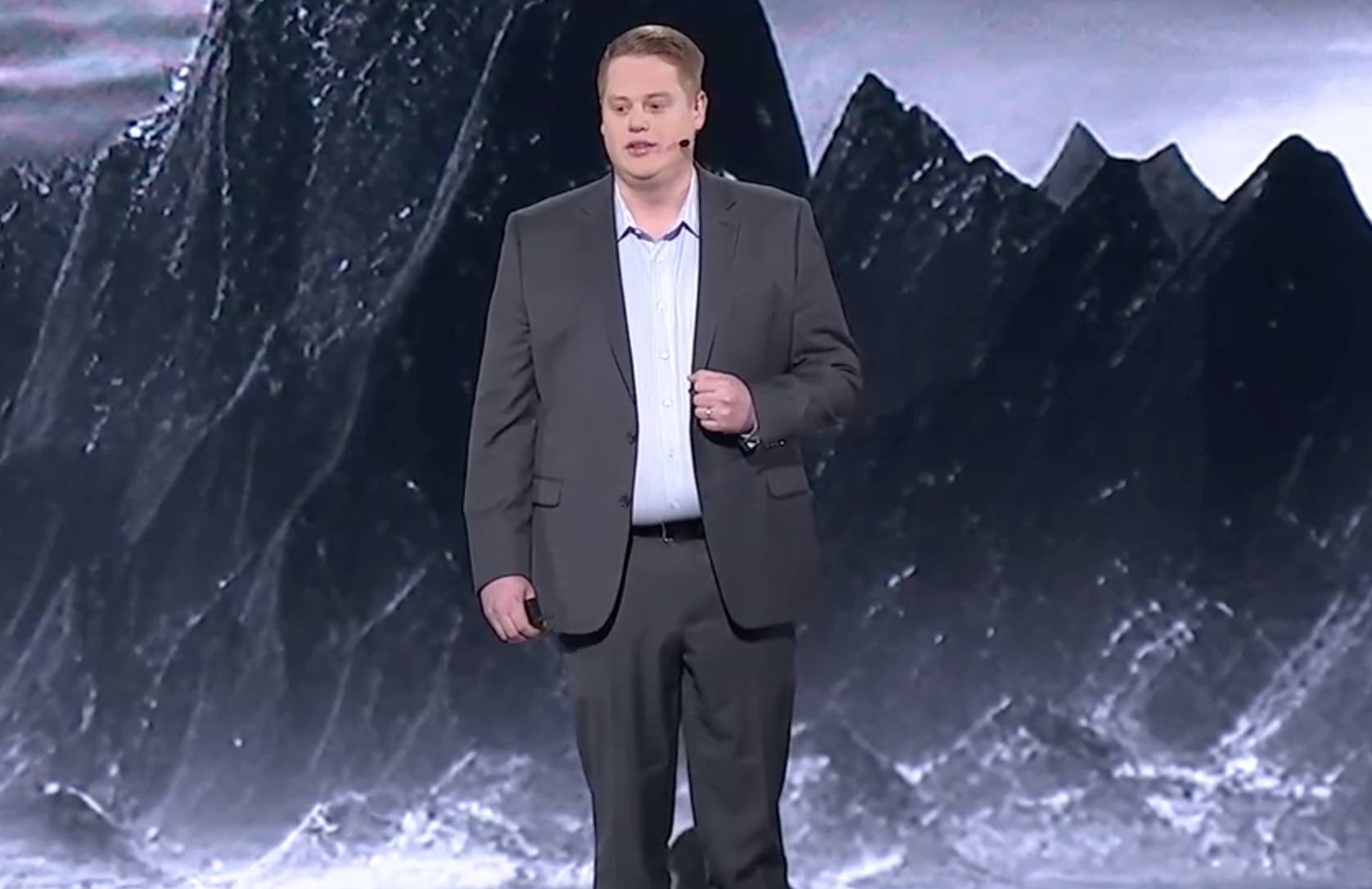 'You need your own bots' to wage war against rogue AI, warns Varonis VP
'You need your own bots' to wage war against rogue AI, warns Varonis VPNews Infosec pros are urged to get serious about data access control and automation to thwart AI breaches
By Rene Millman
-
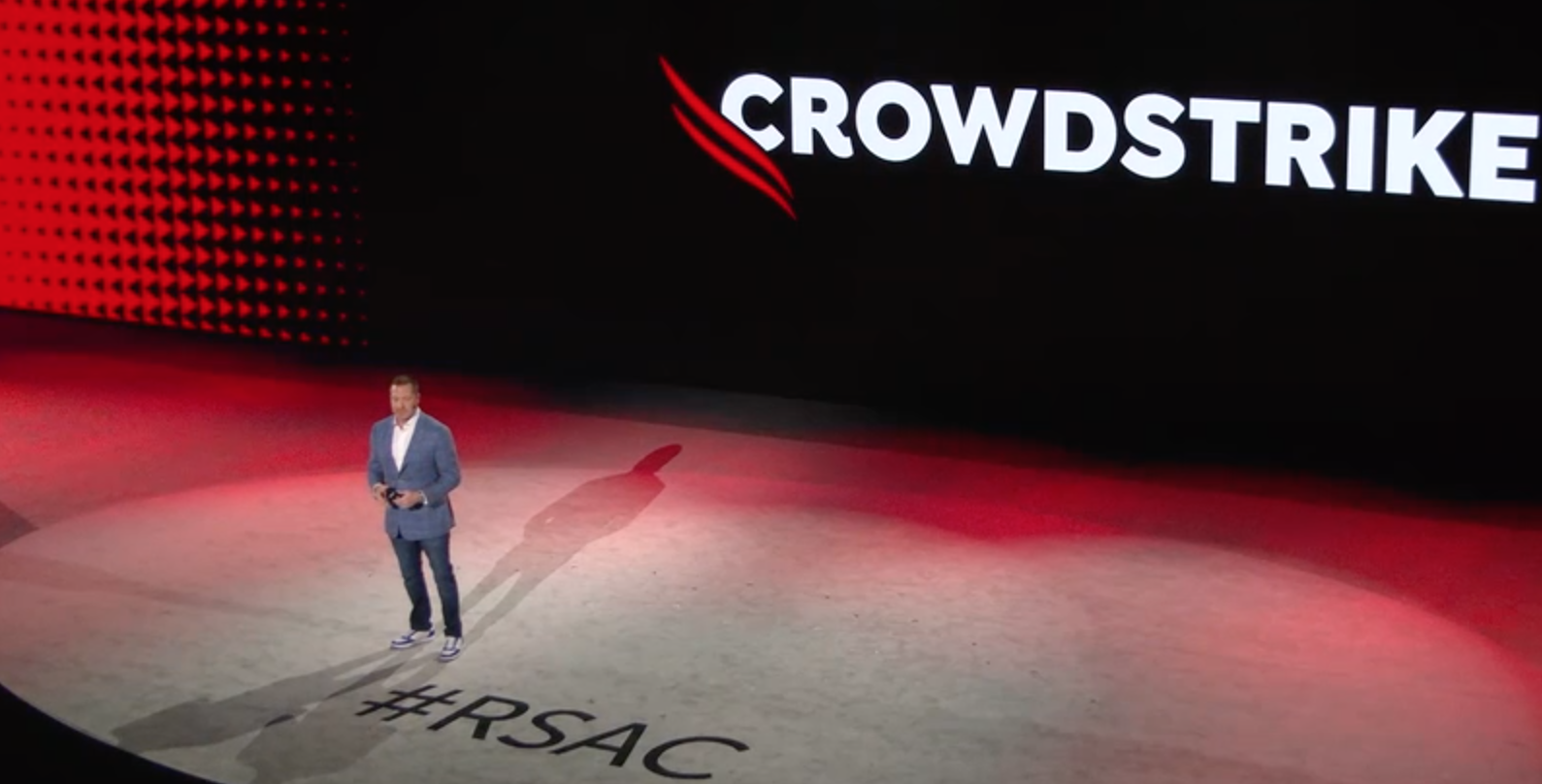 CrowdStrike CEO: Embrace AI or be crushed by cyber crooks
CrowdStrike CEO: Embrace AI or be crushed by cyber crooksNews Exec urges infosec bods to adopt next-gen SIEM driven by AI – or risk being outpaced by criminals
By Rene Millman
-
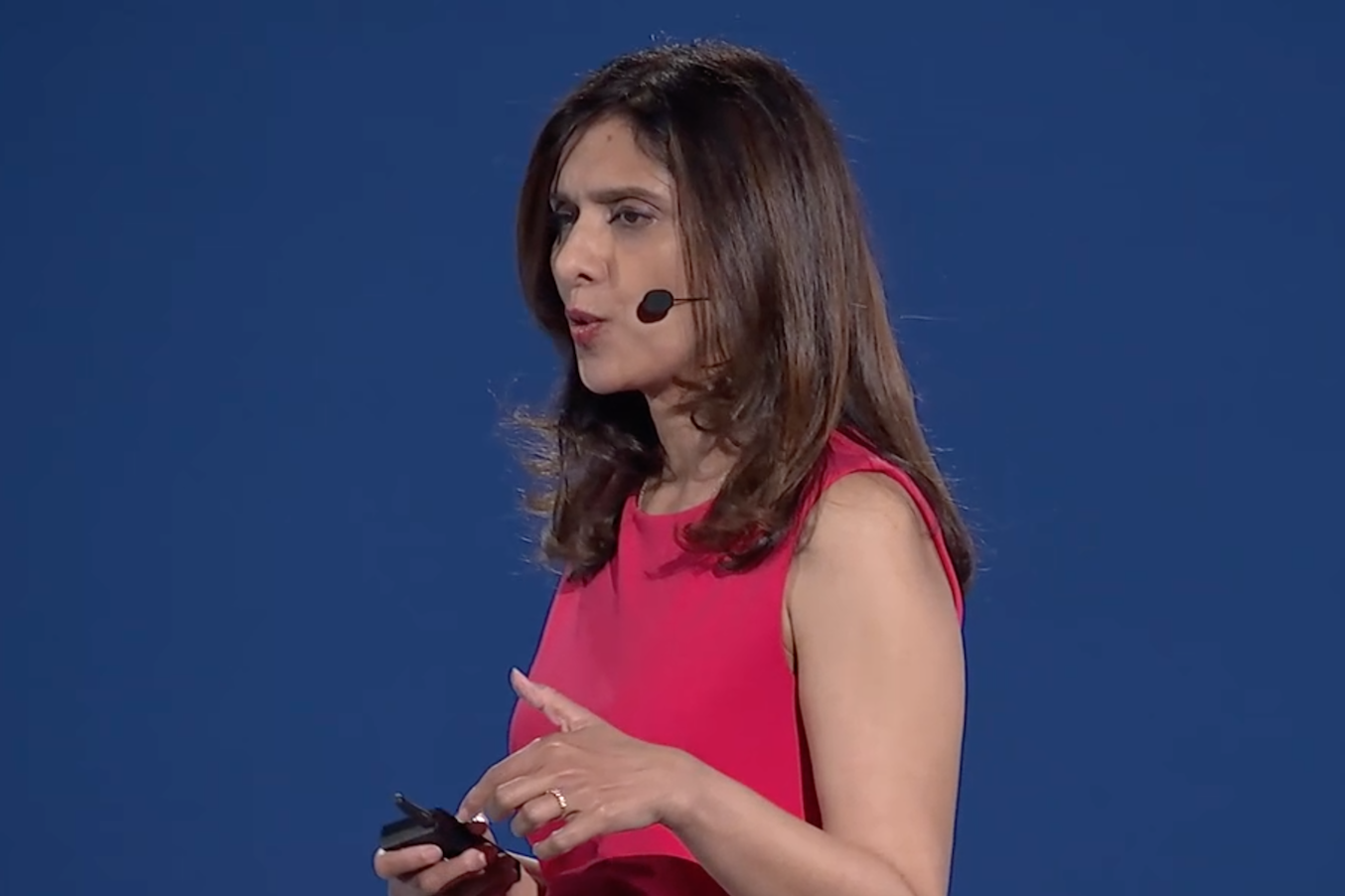 Microsoft security boss warns AI insecurity 'unprecedented' as tech goes mainstream
Microsoft security boss warns AI insecurity 'unprecedented' as tech goes mainstreamNews RSA keynote paints a terrifying picture of billion-plus GenAI users facing innovative criminal tactics
By Rene Millman
-
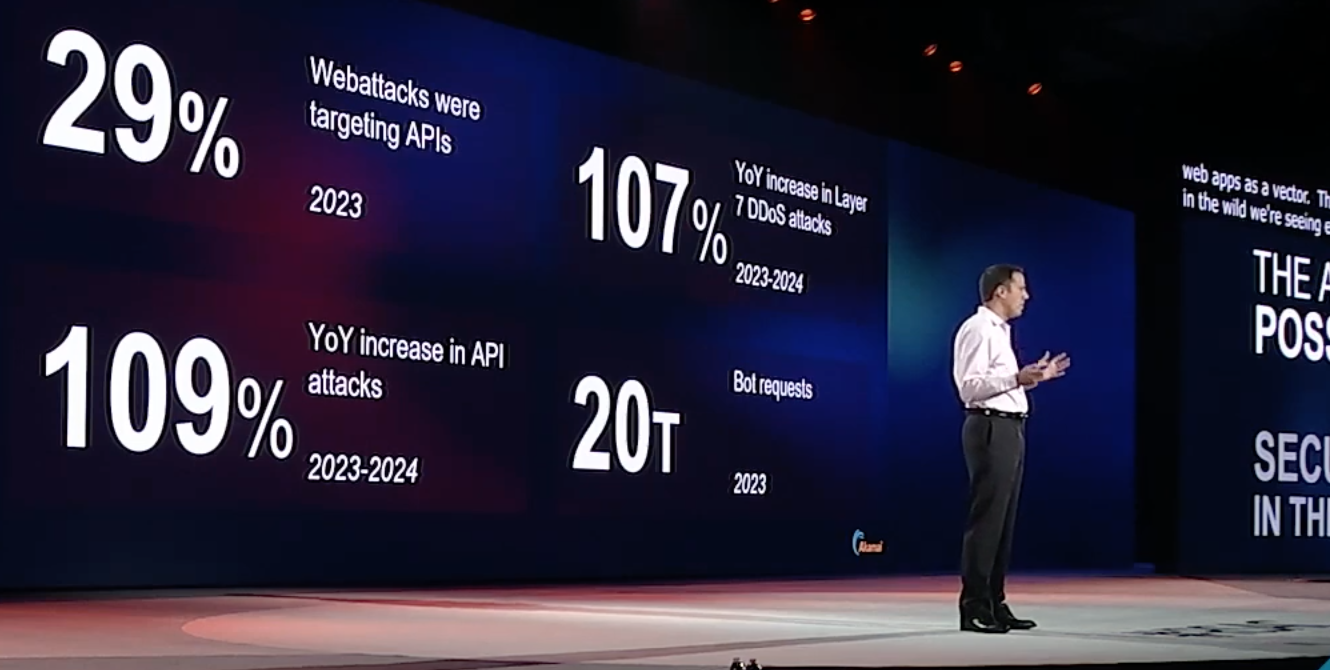 APIcalypse Now: Akamai CSO warns of surging attacks and backdoored open source components
APIcalypse Now: Akamai CSO warns of surging attacks and backdoored open source componentsNEWS Apps and APIs bear the brunt as threat actors pivot to living off the land
By Rene Millman
-
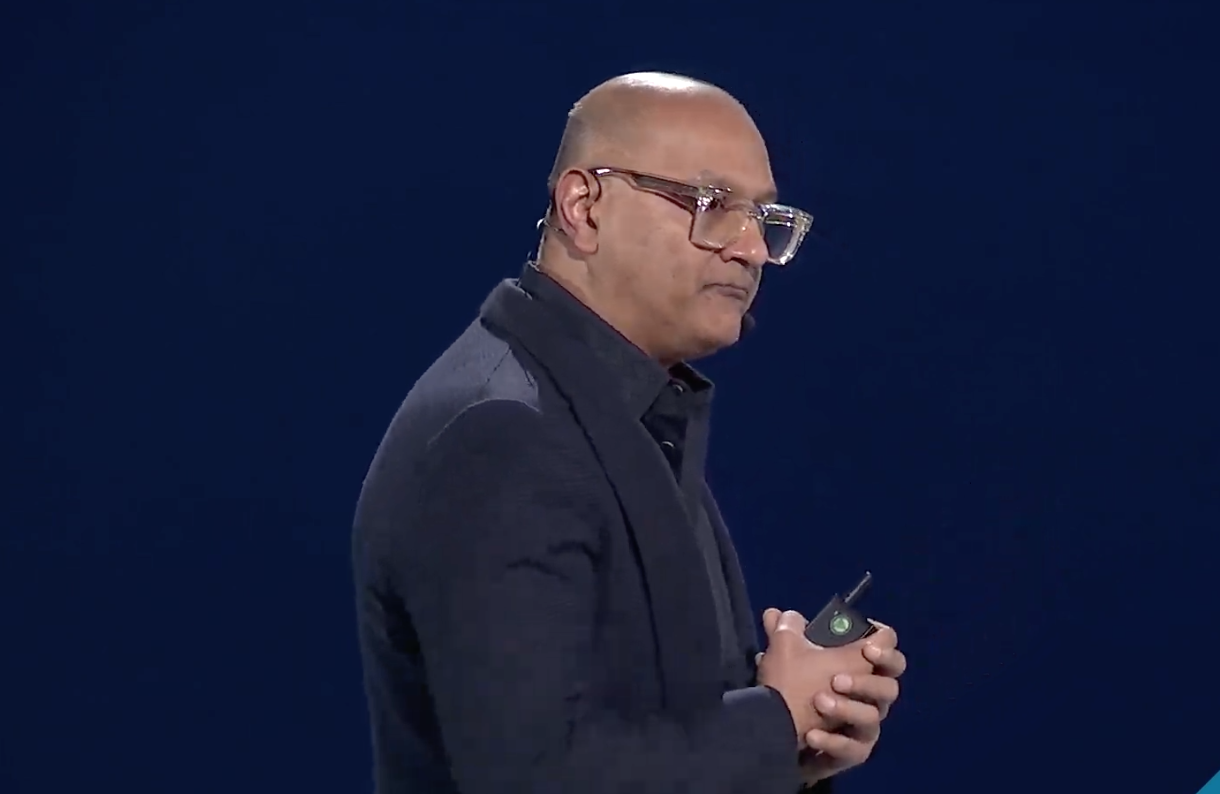 AI is changing the game when it comes to cyber security
AI is changing the game when it comes to cyber securityNews With AI becoming more of an everyday reality, innovative strategies are needed to counter increasingly sophisticated threats
By Rene Millman
-
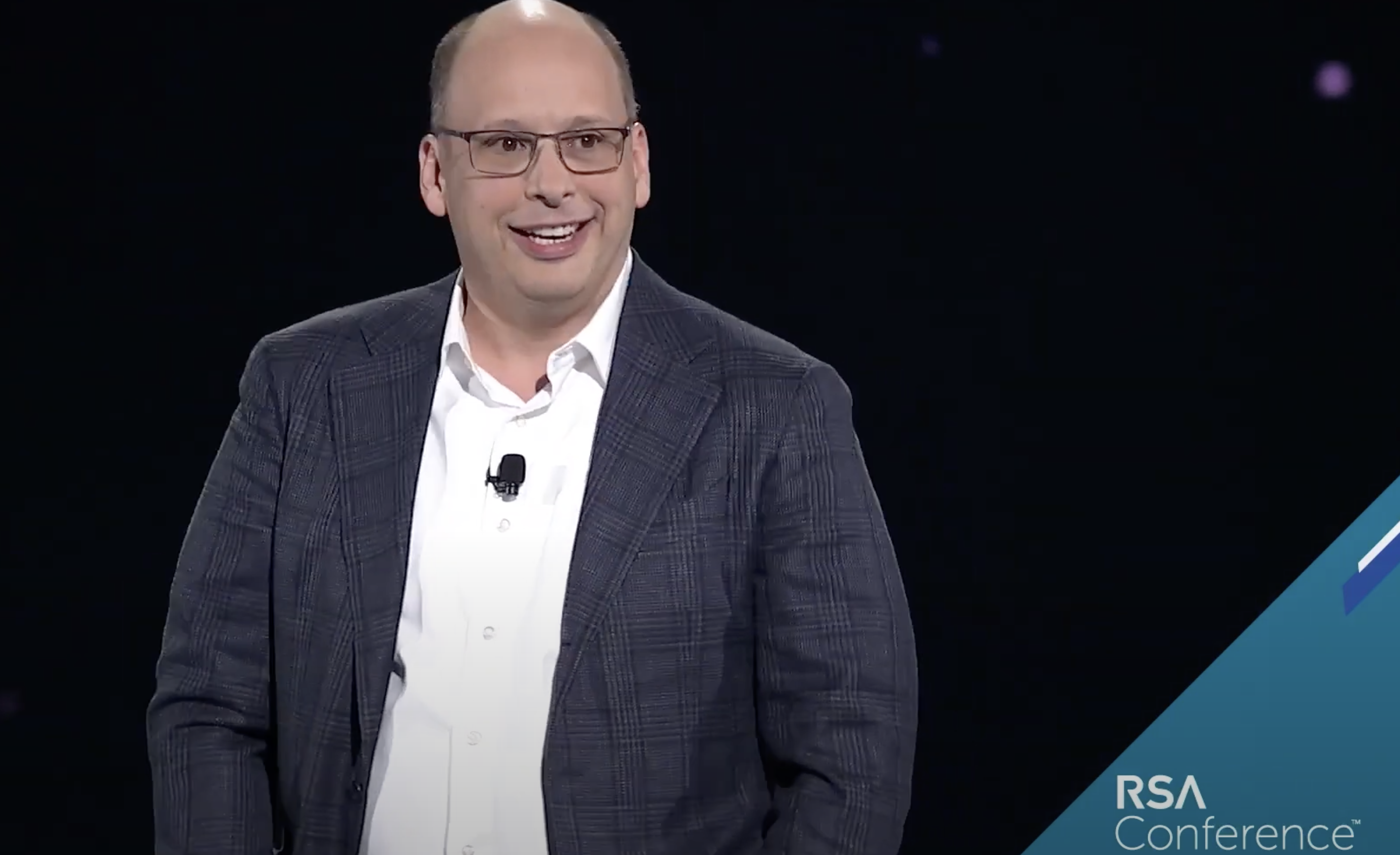 RSAC Chairman urges collaboration to ensure collective defense in security
RSAC Chairman urges collaboration to ensure collective defense in securityNews Chairman emphasizes the critical need for cooperation among cyber security experts
By Rene Millman
-
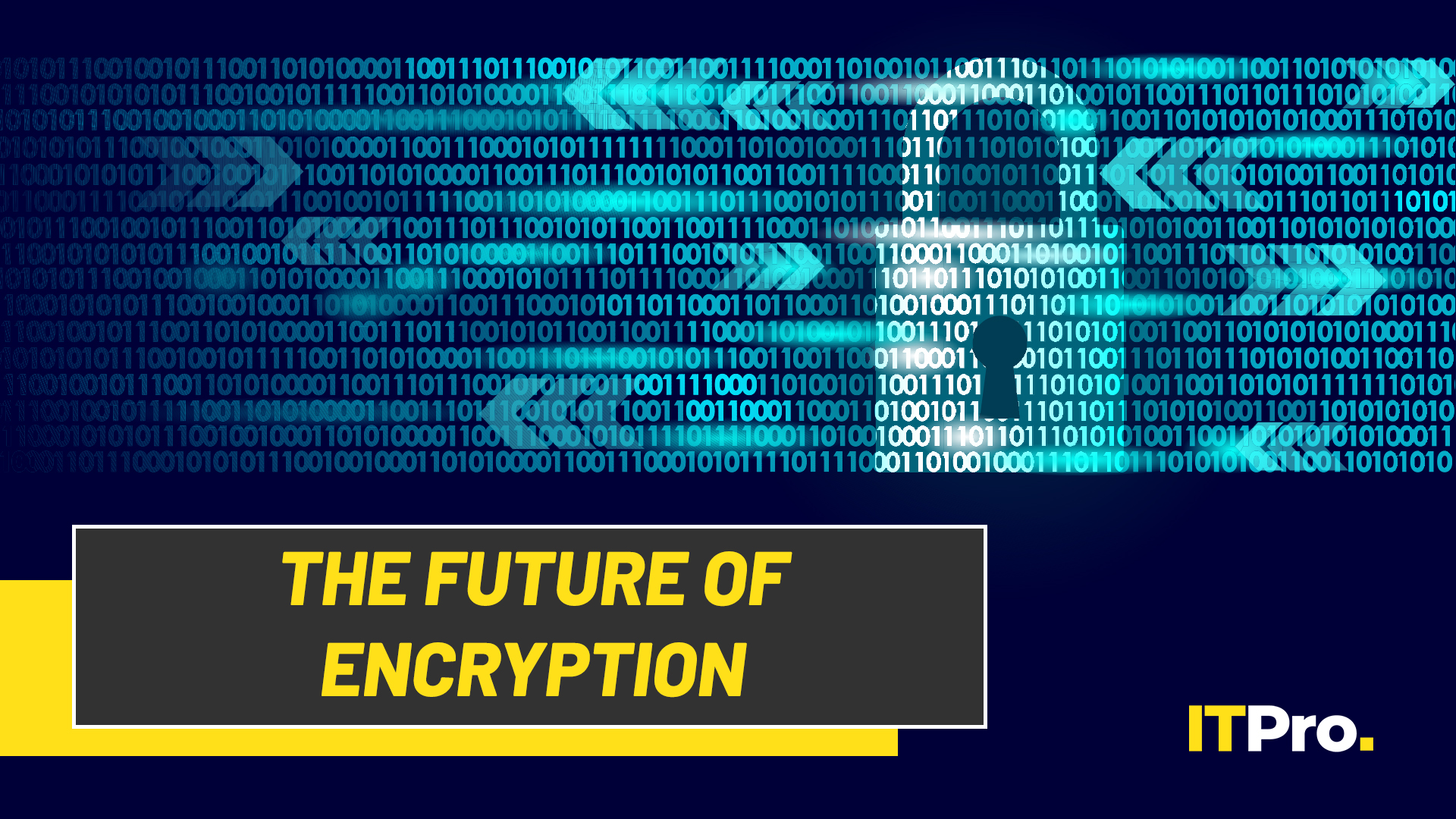 IT Pro Live: The future of encryption
IT Pro Live: The future of encryptionVideo AI and quantum ccomputing could be about to change the face of security forever
By IT Pro
-
 Mobile apps now most common method of fraud
Mobile apps now most common method of fraudNews RSA Security report highlights the rise in burner devices and rogue apps
By Bobby Hellard